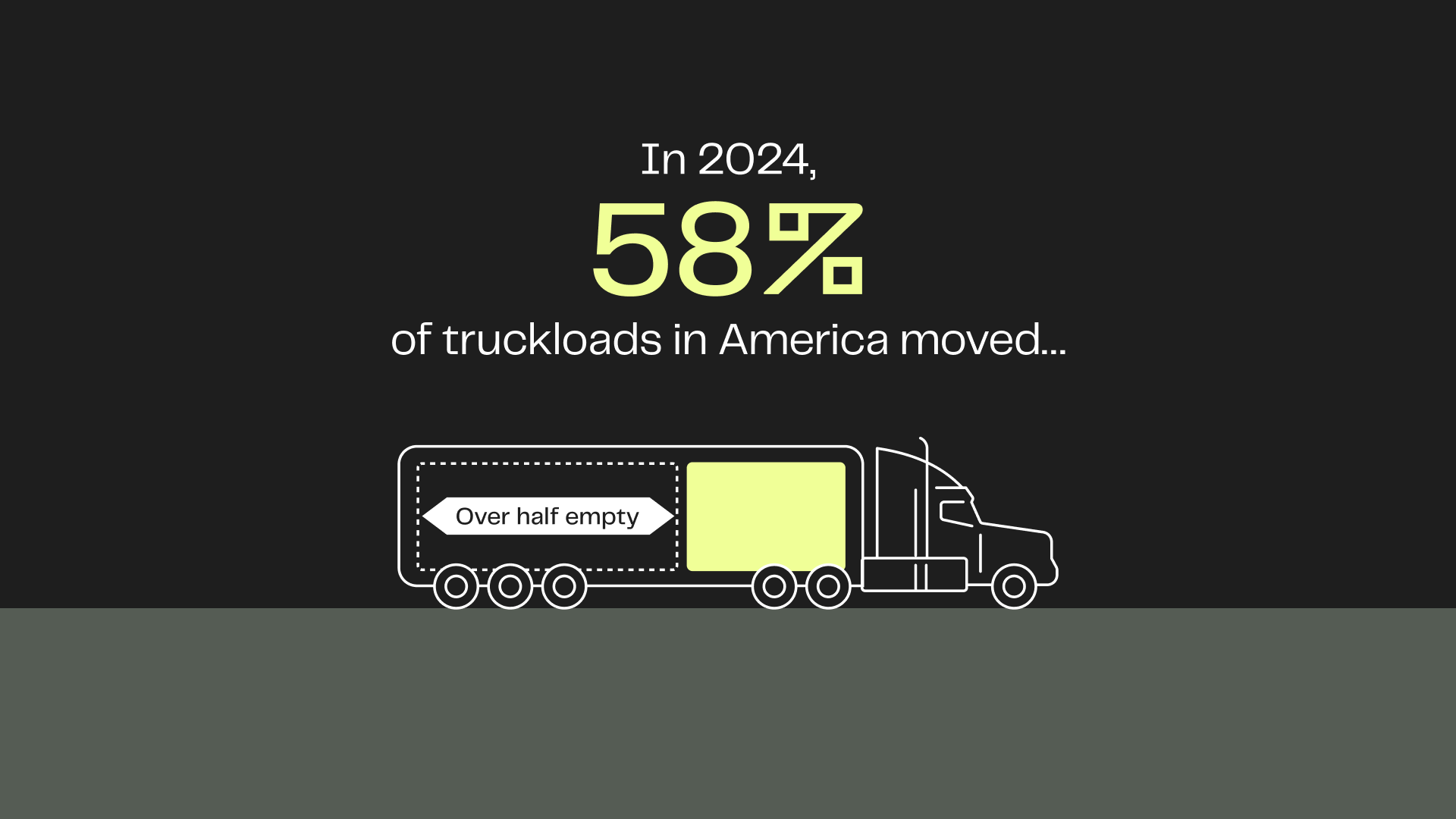How To Get the Best Freight Shipping Rates in a Deflationary Market

Freight shipping rates are constantly fluctuating, making the already time-consuming task of securing the best rates even more difficult. And when you can’t rely on finding consistently good rates, it may feel nearly impossible to forecast and maintain your bottom line.Now add in the conditions of a deflationary market, and you’re scrambling to find and secure the best freight shipping rates so you can forecast and maintain your bottom line.Read along to discover how to ensure you’re getting the best freight shipping rates for your mid-sized freight.
What is a deflationary market?
Deflation happens when prices of goods and services decrease and the value of money increases. Often, a deflationary market precedes a recession or indicates hard economic times. Common conditions of a deflationary market include:
- lower production costs
- oversupply of goods
- decreased price of goods and services
- decreased demand
- increased purchasing power for consumers
Why secure contract rates in a deflationary market
For the freight industry, a deflationary market means spot rates are lower than contract rates. During a deflationary market, it’s a good strategy to choose freight contract rates for primary lanes. However, with routing guides more likely to fall apart, it’s also wise to plan for more transactional spot loads–especially for mid-sized freight that can’t fill a truckload.
Spot rates vs. contract rates
A spot rate is a one-time price offered by a freight service provider. Spot rates are subject to market fluctuations and driven by supply and demand, leading to daily changes. A contract rate is a fixed price and volume for a set lane and set period of time. Contract rates are long-term, stable pricing for freight rates. The benefits of choosing contract rates over spot rates are:
- less subject to market fluctuations
- offers security for price and capacity
- ability to negotiate fuel and accessorials
- easier to track performance
- can lead to strategic carrier relationships
Since the price of a contract rate won’t change, you can adequately forecast your spend, plan your budget, and maintain your bottom line.
How to save even more on shipping rates
Just because you ship mid-sized freight doesn’t mean you shouldn’t have control over your freight shipping rates in a deflationary market. Follow these steps to identify how to save up to 20% more on your mid-sized freight and find the best freight shipping rates.
Identify 10-44 linear feet shipments that can’t fill a truck
Shipments in the 10-44 linear feet range are often too big for less than truckload (LTL) shipments but too small to fill a full truckload. They’re also more likely to incur high shipping costs, delays, and damage. Once you’ve identified the shipments that fall in this range, determine:
- How are these currently moving?
- What are your rates in each lane?
- How many of these do you have shipment details for more than 24 hours before pickup?
By reflecting on these questions, you can identify areas to optimize, properly compare your options, and ultimately pick the shipping method that will work best for you.Just because you can’t fill a truck doesn’t mean you shouldn’t access full truckload prices. With shared truckload (STL), your freight is pooled onto one truck with other freight heading in the same direction. STL isn’t priced by class and is the ideal solution for shipments between 10-44 linear feet. You still access the benefits of full truckload service but with less damage, faster delivery times, no accessorial fees, and overall cheaper rates.
Run a pricing exercise with Flock to save up to 20% compared to TL
Flock Freight makes it easy to identify ways you can save more and find the best freight shipping rates. To use our cost savings calculator, you’ll need to identify the following numbers regarding your business’ typical TL shipment:
- average linear feet
- average weight
- average price you pay
- average number of TL shipments you move per month
After entering in that information, we’ll calculate how much you could be saving per truckload, per month, and per year. For these savings to occur, you’ll need shipments that meet these conditions:
- between 10-44 linear feet
- move dry van
- shipment details at least 24 hours before pickup
Once you’ve identified shipments that meet those conditions, choose Flock’s zero-risk freight contract rates and start saving. Here’s how: You lock in your rates, tell us your weights and dimensions, and we convert your shipments to shared truckload.
Ship shared truckload for the best freight shipping rates
By combining freight from multiple shippers to fill trucks’ empty spaces, Flock Freight’s patented technology saves shippers money—and headaches—with consistent and fair pricing, reliable delivery, and proactive communication. Shipping STL means your shipments arrive 99.8% damage-free, on-time 30% more often, and for up to 20% cheaper than TL. It’s high-quality, high-efficiency shipping not found anywhere else. Book a demo today to learn how you can save more on high-quality shipping with Flock.





